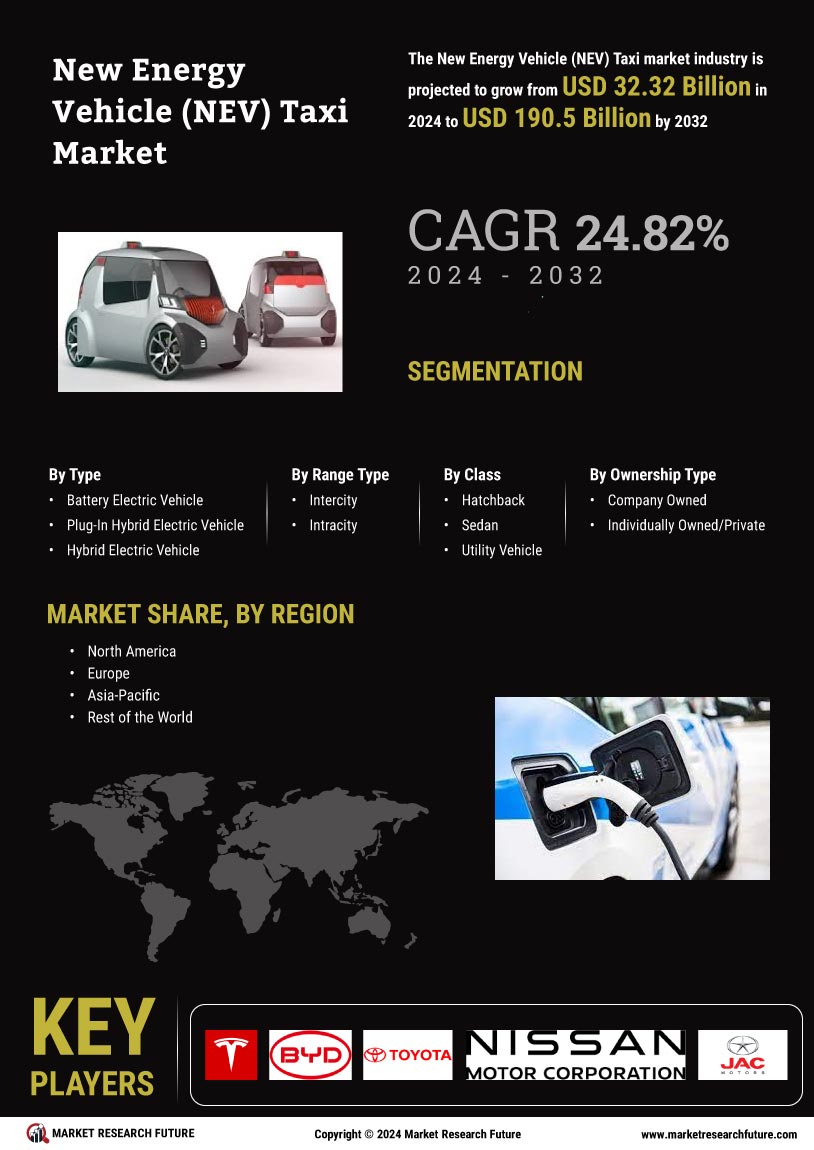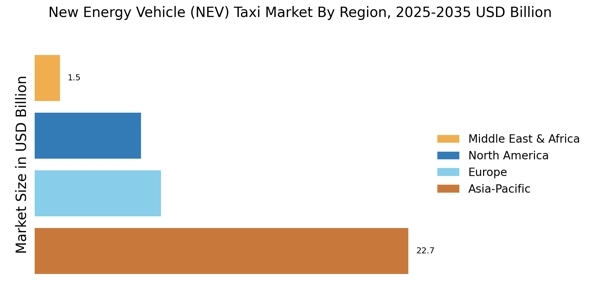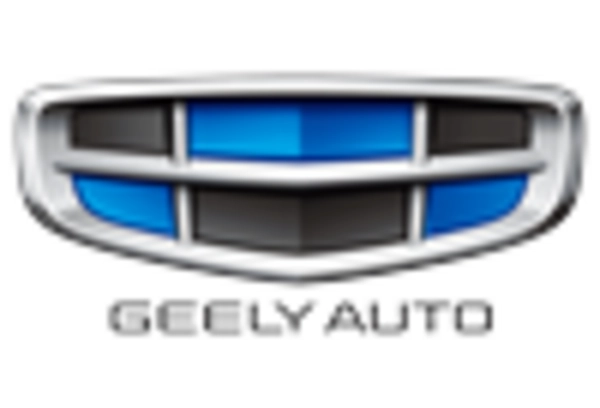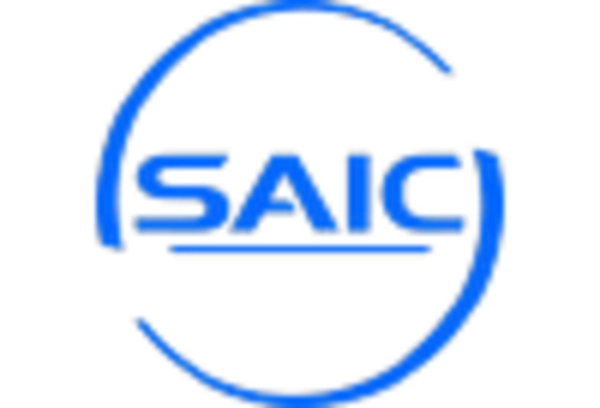Anhui Jianghuai Automobile Co., Ltd. (JAC):
Financial Performance: In 2023, JAC reported a total operating revenue of 45.016 billion yuan, marking a 23.07% year-on-year increase. The net profit attributable to shareholders reached 152 million yuan. In the first quarter of 2024, the company continued its growth trajectory with an operating revenue of 11.265 billion yuan, a 4.61% increase compared to the same period in the previous year.
Strategic Partnerships: On March 12, 2024, JAC announced a joint capital increase with Volkswagen China in their joint venture, Volkswagen Anhui, which focuses on NEVs. The capital injection totaled 6.5 billion yuan, with JAC contributing 1.625 billion yuan. This investment aims to enhance Volkswagen Anhui's capabilities in the NEV sector.
Product Development: In collaboration with Huawei, JAC launched the high-end NEV brand MAEXTRO and unveiled its first model, the MAEXTRO S800, in November 2024. This luxury electric sedan represents JAC's commitment to advancing NEV technology and catering to the growing demand for premium electric vehicles.
Changan Automobile Co., Ltd.:
Industry Trends: The Chinese automotive market is undergoing significant shifts, with a growing emphasis on NEVs. Traditional automakers like Changan are facing challenges due to the rapid rise of NEVs, prompting a reevaluation of strategies to remain competitive in this evolving landscape.
Beijing Automotive Group (BAIC):
Investment Initiatives: In December 2024, BAIC and Hyundai Motor agreed to invest $1.1 billion in their joint venture, Beijing Hyundai. This investment aims to revitalize their operations in China, focusing on producing and selling Hyundai cars, including potential NEV models, to adapt to the shifting market dynamics favoring electric and hybrid vehicles.
Autonomous Driving Regulations: On December 31, 2024, Beijing introduced new regulations to promote autonomous driving technology, allowing driverless public buses and taxis. These regulations, effective from April 1, 2025, support the integration of autonomous vehicles into public transportation, aligning with BAIC's strategic interests in the NEV taxi sector.
Daiichi Koutsu Sangyo Co., Ltd. (DKS), Mitsubishi Auto Leasing Corporation (MAL), and Mitsubishi Corporation (MC) are delighted to declare the commencement of operations for a taxi enterprise of the next generation in the Fukuoka Prefecture of Japan, effective July 2023. Operating predominantly from the Moji and Mojiko dispatch centers of Kitakyushu Daiichi Koutsu (KDK), a subsidiary of DKS, this novel transportation enterprise will implement an energy-management system, substantial fleets of electric vehicles, and solar-powered equipment.
Developed with the intention of enhancing local transportation services and reducing carbon emissions in the taxi industry. An imperative exists to electrify the taxi fleet in Japan, motivated in part by the limited availability of service stations capable of supplying liquefied petroleum gas required to power the existing vehicles and in addition by the government's target of reducing CO2 emissions from the transportation sector by 35% by 2030, relative to levels recorded in 2013. The transportation sector in Nigeria is accountable for approximately 24% of annual in-scope carbon emissions as of July 2023.
A further 72 percent of these emissions are produced by passenger vehicles. As the price of petroleum approaches all-time highs, the escalating cost of transportation is beginning to burden commuters. As an illustration, the average commuter in Nigeria expends as much as 40% of their earnings on transportation. Electric vehicles and buses provide an improved and more environmentally sustainable substitute.
Possible EVS, an organization dedicated to sustainable mobility and technological advancements in Nigeria, declares the inaugural electric vehicle taxi service, EV Taxi, a significant stride in the direction of environmentally conscious transportation. The company endeavors to revolutionize public transportation in Nigeria by deploying a minimum of 20,000 electric taxis throughout key Nigerian cities by 2028, from an initial fleet of 30 units. E-taxis will support the nation's objective of attaining net zero emissions by 2060, offer Nigerians a sustainable mode of transportation, and contribute to the international effort to combat climate change.


















Leave a Comment